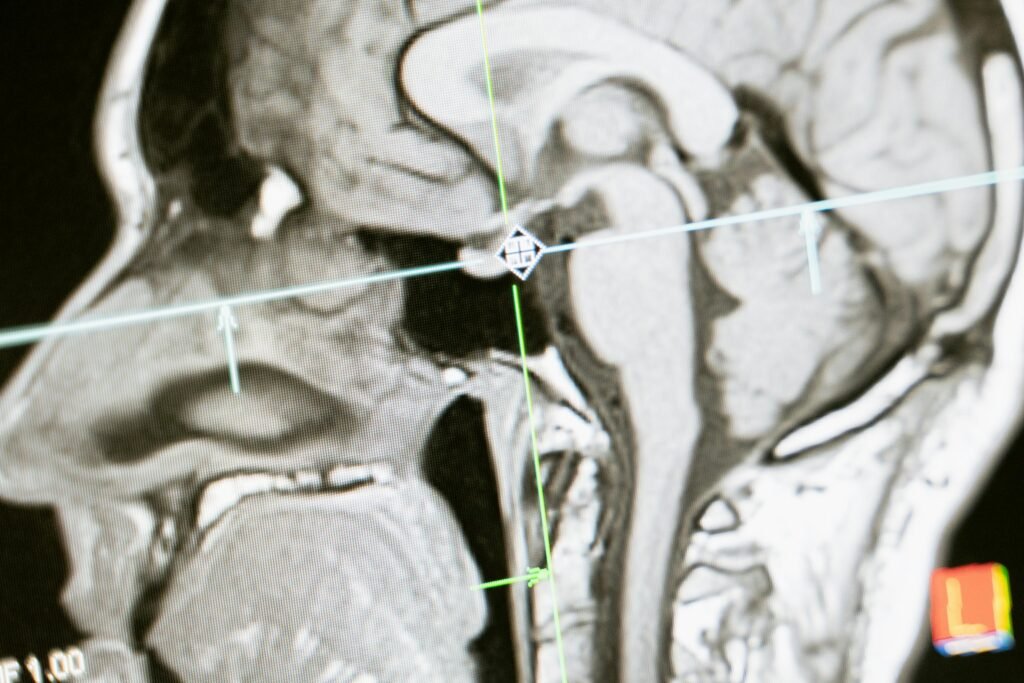
Gifted testing uses a combination of IQ, achievement, creativity, and behavioral assessments to identify a child’s unique strengths and guide personalized educational decisions, ensuring emotional support is integral to the process.
Ever wondered what gifted testing really tells us about a child beyond just a number? It’s not just about a score or a label — it’s about understanding potential, guiding learning, and protecting your child’s sense of self. In this post, you’ll discover the types of assessments used to identify giftedness and how they shape education while honoring your kid’s unique strengths and feelings.
Understanding different types of gifted assessment
Gifted testing isn’t just one test—there are several ways experts figure out a child’s strengths. You know, it’s kinda like having different lenses to understand a kid’s whole picture, not just the obvious bits.
There’s IQ tests—probably the most well-known. These measure things like memory, problem-solving, and verbal skills. But hey, they’re not the whole story; these scores can’t capture creativity or drive.
I thought—wait, maybe not all gifted kids test the same. That’s why there’s achievement tests too, which look at what a child actually knows or can do in school subjects.
- IQ tests assess cognitive ability; they’re a big part of identification.
- Achievement tests show real skills and knowledge learned.
- Creativity assessments explore original thinking and problem-solving beyond facts.
- Behavioral checklists help spot social-emotional traits linked to giftedness.
Studies from the National Association for Gifted Children suggest using multiple tools helps avoid labels that miss important parts of a child’s potential. It’s like trying to describe a rainbow using only one color — incomplete, right?
Honestly, parents should expect a mix of tests and observations. Each tells a piece of the story, and together they give a real sense of a child’s gifts.
How gifted testing guides educational decisions
Gifted testing plays a key role in shaping a child’s educational journey. Think of it as a roadmap that helps schools and parents pick the best path.
But it’s not just about a test score or label. It’s about understanding how your kid learns best, what challenges they might face, and how to keep them motivated.
- Test results help tailor learning plans—whether that’s advanced classes or special programs.
- They identify areas where a student might need extra support to stay engaged and happy.
- Schools use testing to place kids in groups that challenge their thinking and keep them excited about learning.
Honestly, not every gifted child thrives in traditional classrooms. Testing results can push schools to add options like project-based learning or mentorships. Ever heard the phrase, “different strokes for different folks?” Well, this is exactly that in education.
Data from the U.S. Department of Education shows personalized plans like these boost academic success and emotional well-being for gifted students. So yeah, testing isn’t just paperwork — it’s a tool for real change.
The emotional impact and responsible testing practices
Gifted testing isn’t just about numbers—it can stir up a lot emotionally. You know, some kids feel proud and confident, while others might feel stressed or misunderstood.
Think of it like a mirror that sometimes shows clear reflections but other times distorts feelings. I thought—wait, maybe not everyone reacts the same way?
- Stress and anxiety can come from pressure to perform well or fear of being labeled.
- Self-esteem might take a hit if test scores don’t match a child’s self-image.
- Parental and teacher expectations sometimes add extra weight, making kids feel they’re only valued for their scores.
Responsible testing means more than giving a test and calling it a day. It involves supporting the child’s feelings and explaining what the results mean, in simple, honest terms.
Schools that use responsible practices encourage open conversations and remind kids, “Hey, a test doesn’t define you—it’s just a tool to help us help you.” That kind of approach feels more like a warm hug than a cold score sheet.
Research highlights that when kids feel emotionally safe during testing, they perform better and stay curious. It’s like giving your brain a bubble bath—it relaxes and refreshes.
Wrapping up
Gifted testing is more than just scores. It’s about understanding your child’s unique strengths and challenges so support can fit just right. Remember, tests can open doors but don’t tell the whole story.
Kids can feel all kinds of things through this process—pride, stress, or even confusion. That’s why friendly, clear talks about testing results matter a lot. They help kids feel seen and safe, not boxed in.
So, what’s the takeaway? Stay patient and compassionate with your child and yourself. Hey, it’s okay to not have all the answers right now—sometimes just listening is the best step.
FAQ — your questions about gifted testing answered
What exactly is gifted testing?
It’s a set of assessments that help identify a child’s unique strengths and learning needs.
How does gifted testing affect my child’s education?
Results guide schools in tailoring learning plans to better challenge and support your child.
Can gifted testing be stressful for kids?
Sometimes, yes. That’s why supportive, clear communication about testing helps ease worries.
Is an IQ test the only way to spot giftedness?
Not really. Other tests and observations help capture creativity, knowledge, and social skills too.
Should my child get tested more than once?
In some cases, yes. Retesting can track growth and changing needs over time.
How can I help my child handle the emotional side of gifted testing?
Keep talks honest and supportive, reassuring them that a test doesn’t define their worth.

A certified Heal Your Life® Coach with 20+ years in education and emotional development. Supports gifted teens in navigating anxiety, perfectionism, and identity challenges, while equipping parents with practical tools for lasting transformation. Sessions blend emotional healing, mindset mastery, and strategic empowerment.



